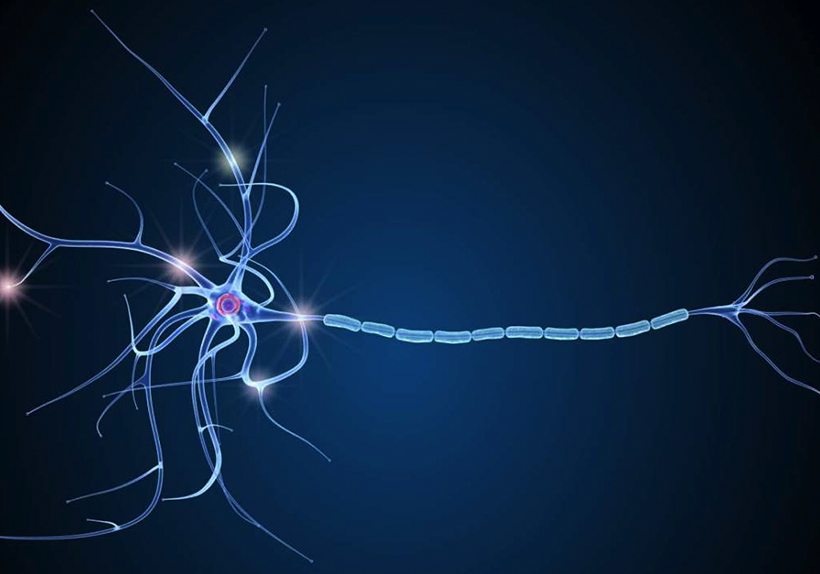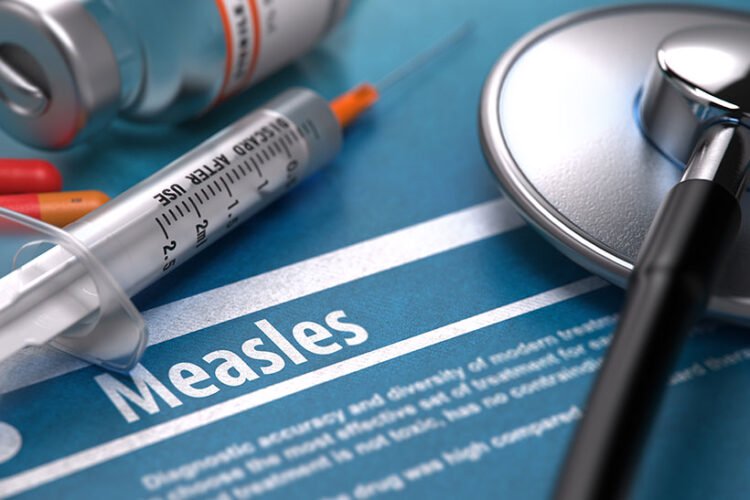May 30, 2020 is World Multiple Sclerosis Day. The MS Society estimates that nearly 1 million people in the United States and 2.3 million people globally are living with multiple sclerosis. What are the facts about this debilitating disease that affects so many and is there a way for this diagnosis to be managed? Let’s learn more.
What is Multiple Sclerosis?
Multiple Sclerosis is an abnormal response of the immune system in which the protective myelin coverings and nerve fibers of the central nervous system (brain and spinal cord) become inflamed and damaged. This causes an interruption in the messages leaving the brain on their way to tell your body what to do. Ultimately there is complete deterioration of the nerves and the message relay abilities are destroyed.
Who is at risk for getting Multiple Sclerosis and how is it acquired?
Multiple sclerosis can occur at any age, generally appearing between the ages of 16 and 55. Unfortunately, the cause is unknown. Research has led to the idea that genetic and environmental factors plan a role, however a definitive cause as not been determined. Evidence is also growing towards the suggestion that unhealthy lifestyles play a part in increasing the risk for developing MS.
Factors Contributing to the Risk for Developing MS:
- Immunological Factors- an abnormal immune response that damages the central nervous system
- Environmental Factors- low vitamin D levels, smoking, obesity
- Infectious Factors- still unknown however Epstein-Barr virus (EBV) has been highly researched in recent years
- Genetic Factors- a genetic risk is present to develop MS from first degree family members (parents, siblings, children)
What are the first signs & symptoms of MS?
The signs and symptoms of MS vary depending on the location of the nerves that have been damaged and how rapidly the disease has progressed. Each early sign applies to those that both men and women experience. Symptoms may include:
- Numbness or weakness in one or more limbs, typically occurring on one side of your body at a time, the legs or trunk
- Electric-shock sensations that occur with certain neck movements, especially bending the neck forward (Lhermitte sign)
- Double, blurry or loss of vision in one eye or pain with eye movement
- Slurred speech, fatigue, dizziness
- Problems with sexual or bowel and bladder function
What types of Multiple Sclerosis exist?
Different types of MS are named in relation to how they affect the body over time. Clinically isolated syndrome (CIS) refers to a first episode of neurological symptoms that lasts at least 24 hours and is caused by inflammation or demyelination (loss of the myelin that covers the nerve cells) in the central nervous system (CNS). From there, MS is broken down into different types.
There are four types of MS:
- Relapse-Remitting MS (RRMS)– The Most Common Disease Course- is characterized by clearly defined attacks of new or increasing neurological symptoms. These attacks, also called relapses or exacerbations are followed by periods of partial or complete recovery.
- Primary Progressive MS (PPMS)– worsening neurological function (accumulation of disability) from the onset of symptoms, without early relapses or remission. Approximately 15% of people with MS are diagnosed with PPMS.
- Secondary Progressive MS (SPMS)– follows an initial relapsing-remitting course. This type of MS is the result of RRMS eventually transitioning to a secondary progressive course with continued worsening of neurological function.
- Progressive Relapsing MS (PRMS)– a rare form of MS (5%), PRMS is characterized by a steadily worsening disease from the beginning, with acute relapses but no remissions, with or without recovery.
How is Multiple Sclerosis diagnosed?
The tools required for making a diagnosis build upon each other and are thorough. Healthcare providers will take a medical history to identify past and present symptoms that may have contributed to MS. Additionally, information will be gathered on family history of illnesses and environmental exposures.
Testing
- Blood tests- used to test for other conditions that can mimic similar symptoms of MS like Lyme disease. These tests will eliminate or confirm the presence of other diseases.
- Spinal tap (lumbar puncture)- a needle is inserted between the lumbar vertebrae to remove the fluid (cerebrospinal fluid) to help diagnose disorders of the brain and spinal cord. This procedure helps doctors to see if the body’s immune system is attacking itself.
- MRI- a diagnostic tool to produce imaging of the brain and spinal cord to detect demyelination of the central nervous system. Abnormal lesions can be detected and signify MS.
What other conditions mimic Multiple Sclerosis?
There is a very long list of medically complicated names to understand that can mimic MS. Being a neurological disorder, the testing mentioned can be used to navigate through a process of elimination to cross other possible diagnoses off the list. Common conditions to rule out that pertain to body deficiencies include:
- Lyme disease
- Syphillis
- HIV
- Systemic lupus erythematosus
- Leukodystrophies
- Mitochondrial disease
- Lymphoma
- Vitamin 12 deficiency
- Cervical spondylosis
- Herniated disc
What are key Multiple Sclerosis treatments?
The key to treating MS is to slow the progression of the disease through various interventions. Individuals may choose medications geared at reducing the frequency or severity of MS episodes. These medications are administered through injection, infusion or oral therapy. Stem cell therapy can be used to repair the damaged caused to the neuropathways and improve the conduction abilities between the brain, spinal cord and other parts of the body.
While a well-balanced diet is an overall recommendation for healthy individuals and those battling a disease. Exercise steps in as a critical component in providing a natural therapy to treating the symptoms of MS. Exercise is beneficial in improving:
- Strength
- Cardiovascular Health
- Mood
- Cognitive Function
Additional MS treatments according to Healthline are medications for pain and other muscle problems, drugs for fatigue, interventions for bladder and bowel problems and physical therapy.
How does one live with and manage MS?
As with any diagnosis, taking a holistic approach and paying attention to the health of a person as a whole is key. In addition to maintaining positive dietary and physical practices, other symptoms to manage include emotional, spiritual and cognitive well-being.
Finding the Will to be Positive
Focusing on happiness gives us room to thrive and to have a sense of hope. Being in touch with our spiritual well-being can be religiously focused or simply a sense of connection with the environment and those around us. Sometimes having a force stronger than ourselves to lean on gives us strength and recognition that we are supported when we feel weak. The ability to maintain cognitive health relates to mindful thinking and making efforts to focus on positive outcomes. Practicing the ability to engage in cognitively challenging activities helps to strengthen our brain function and improves our ability to process information and memory retention.
At American Online Benefits Group, we offers plans that include physician and specialist visits, discounted prescriptions and other healthcare benefits to support navigating the journey of a MS diagnosis. Please contact our Agent or Member Services to receive more information at 214-389-9072.




